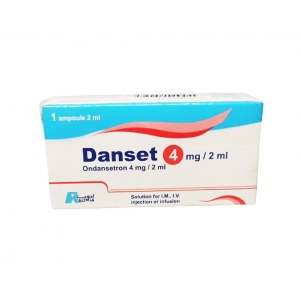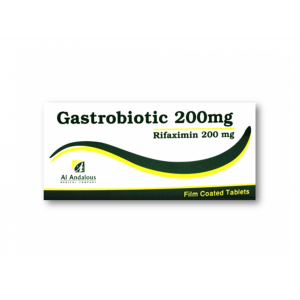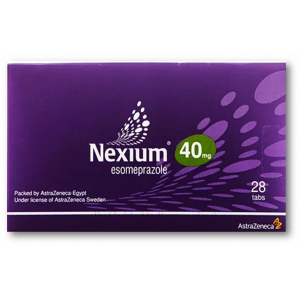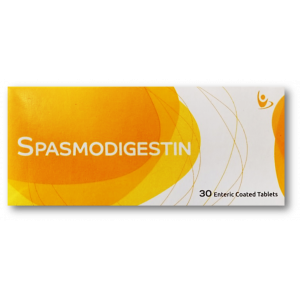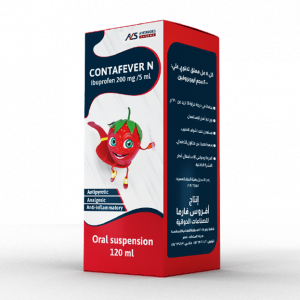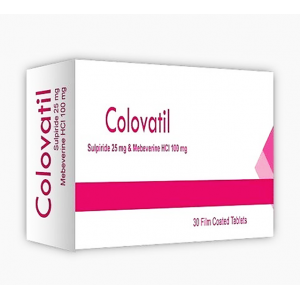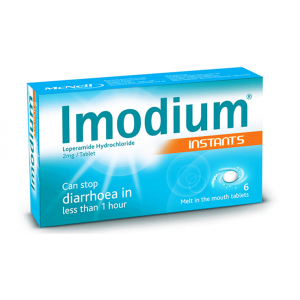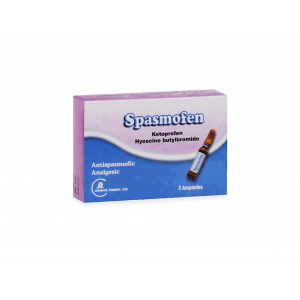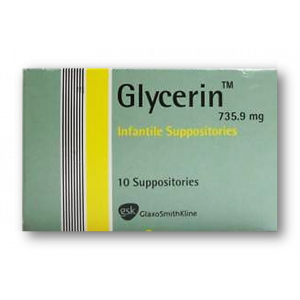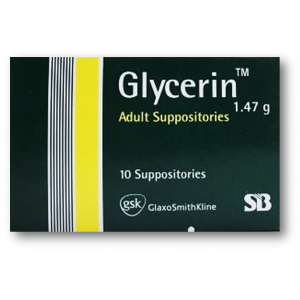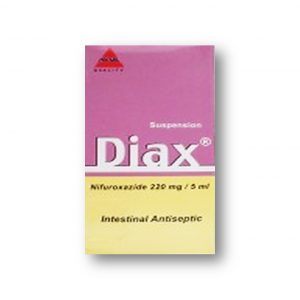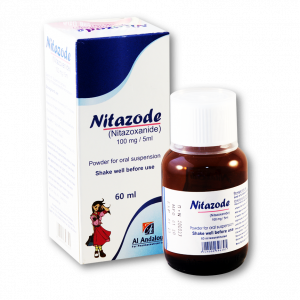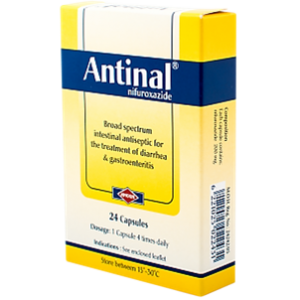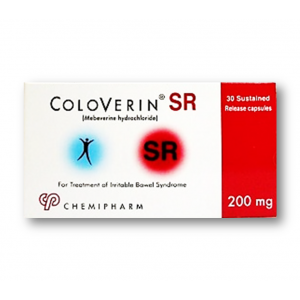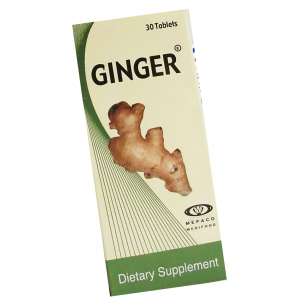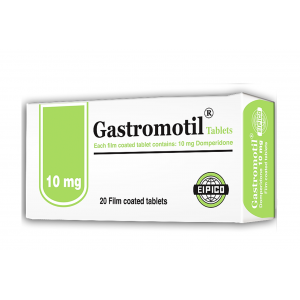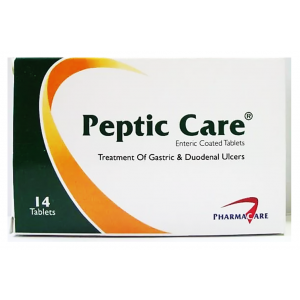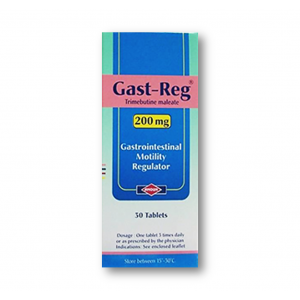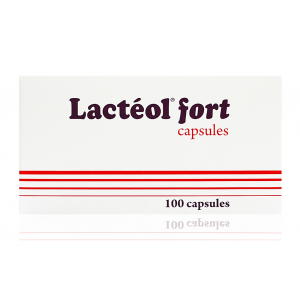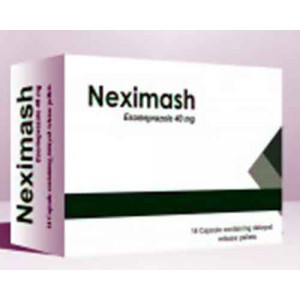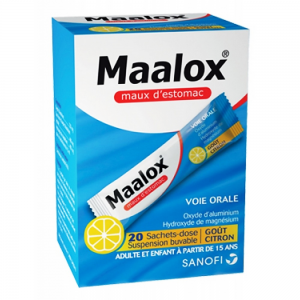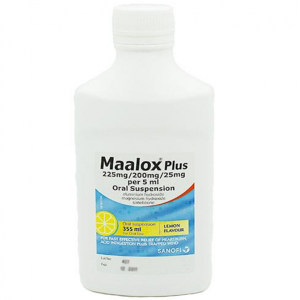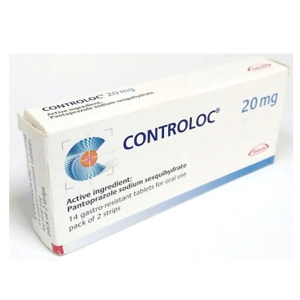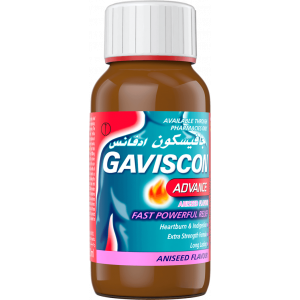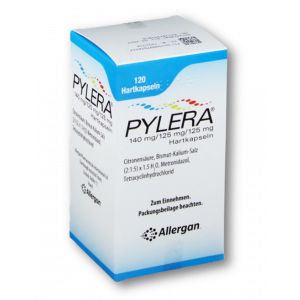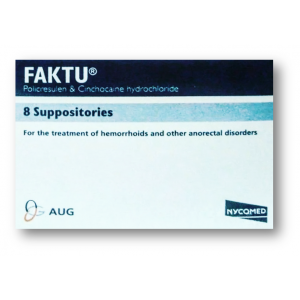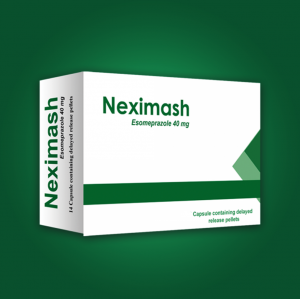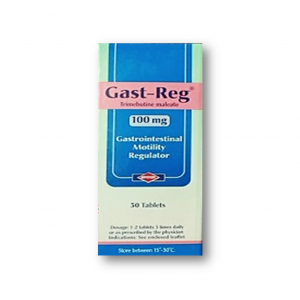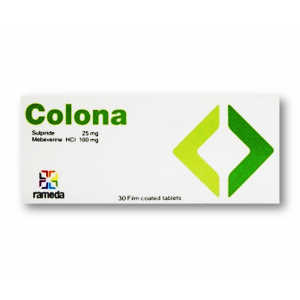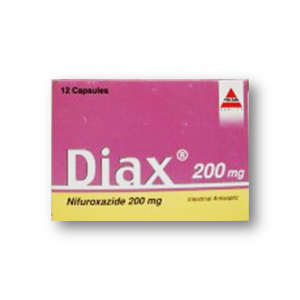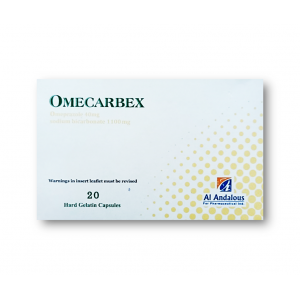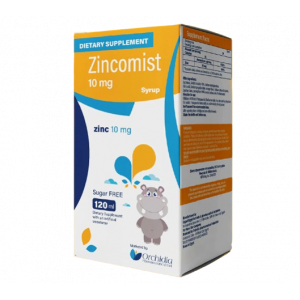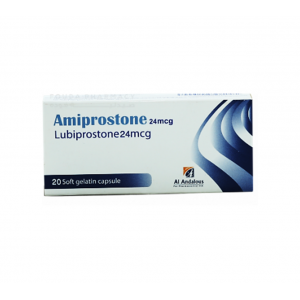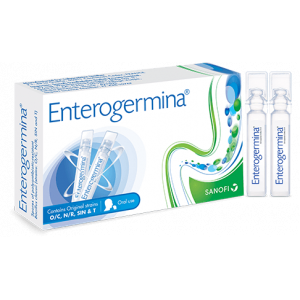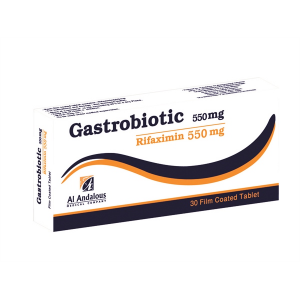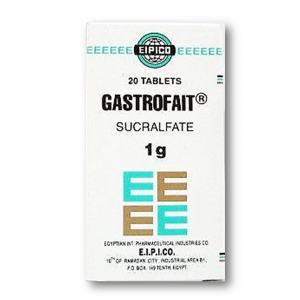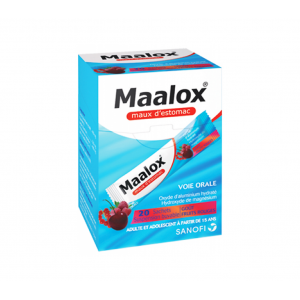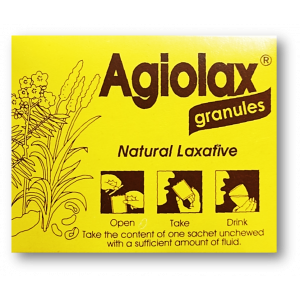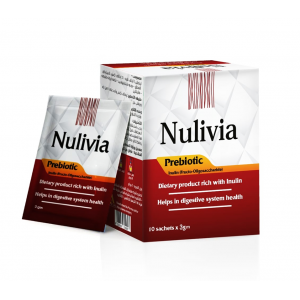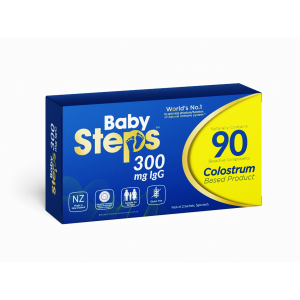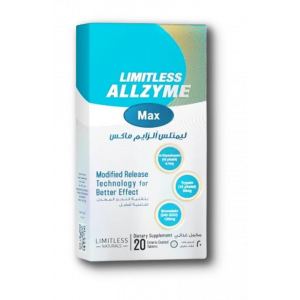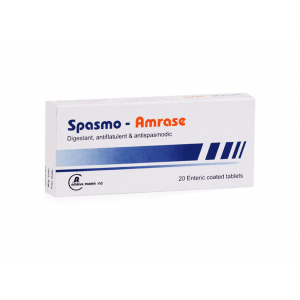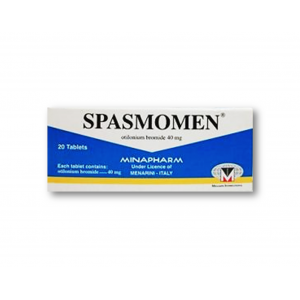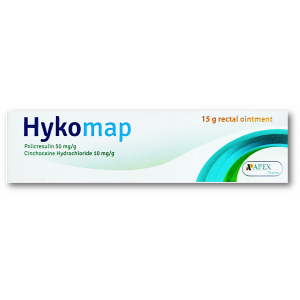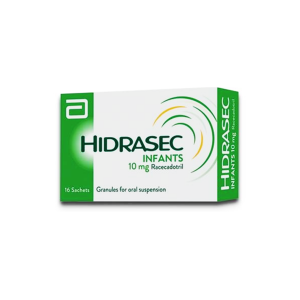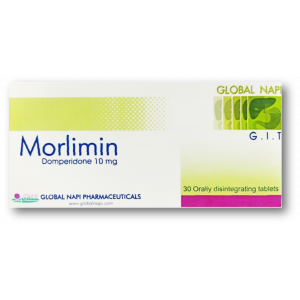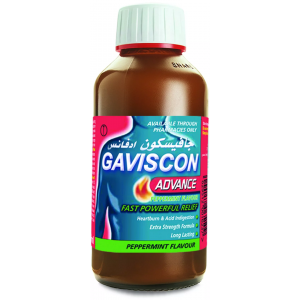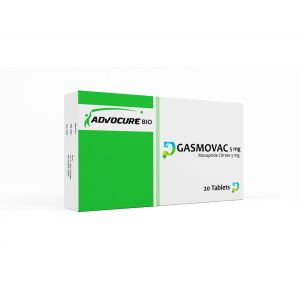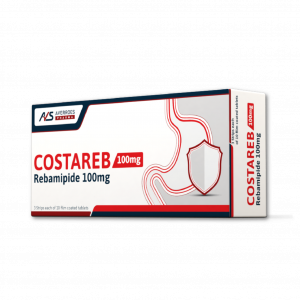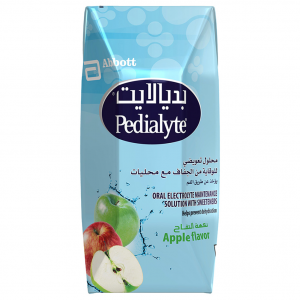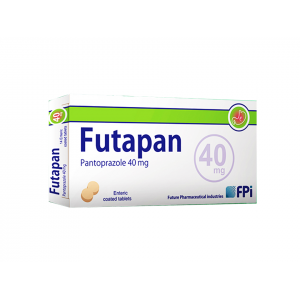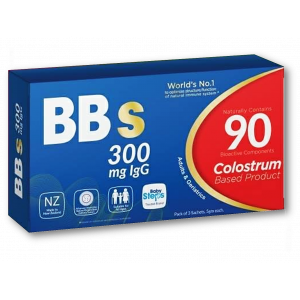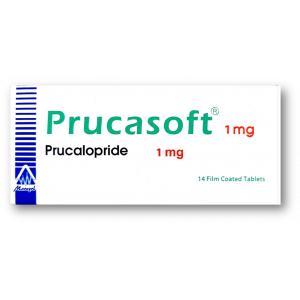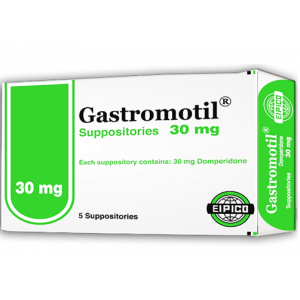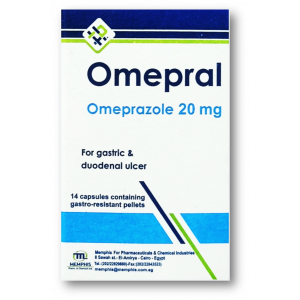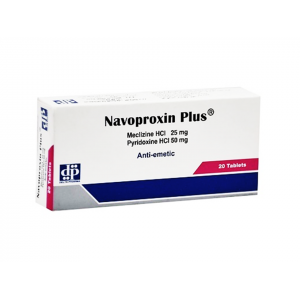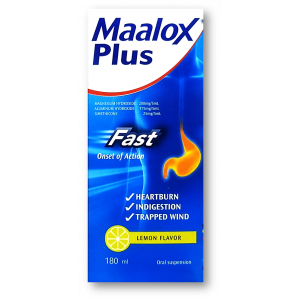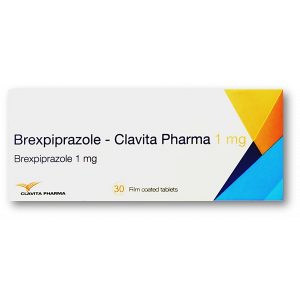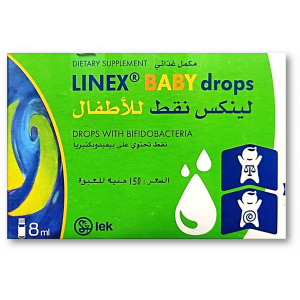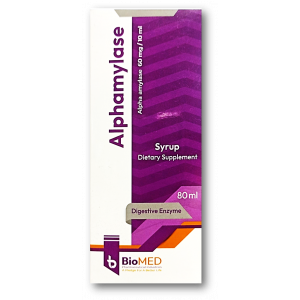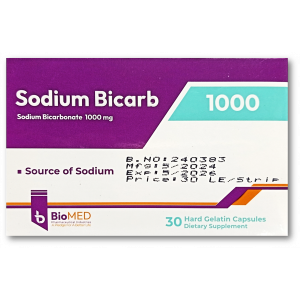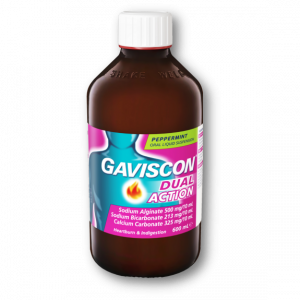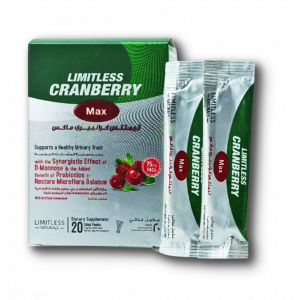- Anti-hestaminic & Respiratory Drugs (20)
- Anti-inflammatory Drugs (192) +-
- Baby & Mom (1319) +-
- Baby & Mom > Bath, skin & Hair > Skin Care > wibes (52)
- Beauty (2981) +-
- Beauty > Skin Care > whitening (295)
- Chemotherapy & Immune Response (882) +-
- Chemotherapy & Immune Response > ANTI-FUNGAL (11)
- Chemotherapy & Immune Response > Chemotherapeutic Agents > Hormone Antagonists >Enzyme Inhibitors (289)
- CIRCULATORY DISTURBANCE AGENTS (24)
- Diet & Fitness Products (280) +-
- DRUG AFFECTING CENTRAL NERVOUS SYSTEM (191)
- HEMATOLOGY (39)
-
Medical Supplies (503)
+-
- Chemicals & Disinfectants (19)
- Dental Supplies (31)
- Devices & Instruments (10)
- Diabetic Supplies (121)
- General Medical Supplies (21)
- I.V & Medical Solution (0)
- Intensive Care Unit & Anesthesia Supplies (0)
- KIDNEY UNIT SUPPLIES (21)
- Lab Supplies (3)
- Miscellaneous (21)
- Neonatal Unit Supplies (0)
- Operation Room Supplies (2)
- Sanitary (5)
- Sterilization Supplies (0)
- Surgical Sutures (4)
- Syringes (3)
-
Medicines & Health (2637)
+-
- Allergy & Sinus (95)
- Children's Health Care (54)
- Cough, Cold & Flu (277)
- Digestive Health & Nausea (225)
- Ear, Nose & Throat Care (179)
- Eye Care (117)
- Feminine Care (325)
- Foot Care (9)
- Orthopaedic Appliances (0)
- Pain Relief & Management (237)
- Pill Organizer (2)
- Skin Treatments (811)
- Sleep & Snoring Aids (2)
- Support & Braces (7)
- Medicines & health > Gout releif (42)
- Natural & Organic Products (81) +-
- OTC > Analgesics > Anti-inflammatory Drugs (44)
-
Personal Care (3244)
+-
- Bath & Body (271)
- Deodorant & Anti-perspirants (186)
- Ear, Nose & Throat Care (175)
- Eye Care (124)
- Feminine Care (374)
- Foot Care (17)
- Hair Care (472)
- Home Tests & Monitorings (14)
- Incontinence (7)
- Lip Care (22)
- Massage & Relaxation (17)
- Natural & Organic Personal Care (7)
- Oral Care (88)
- Pregnancy & Fertility (64)
- Shaving & Grooming (65)
- Sun Care (79)
-
Prescription Drugs (2877)
+-
- Analgesics (181)
- Cardiovascular System (374)
- Drugs Affecting Musculoskeletal System (65)
- Drugs Used In Infections (56)
- Ear & Nose Drugs (2)
- Endocrine System (176)
- Gastrointestinal Tract (242)
- Gastrointestinal Tract > Hepatology > Liver treatment (61)
- GYNECOLOGY (2)
- Miscellaneous (11)
- NEPHROLOGY > URINARY SYSTEM > RENAL DISORDERS > URINARY TRACT DISORDERS (46)
- NEUROLOGY (222)
- Nutrients & Blood Electrolytes (2)
- Respiratory System (154)
- SKIN > NAILS > HAIR > TOPICAL PREPARATIONS (75)
- Vaccines (1)
- Prescription drugs > Cardiovascular system > Anti-hypertension drugs (242)
- Sexual Wellness (301) +-
- Vitamins & Minerals Supplements (1197) +-
Ex Tax: 120EGP
Example
You can return the product within 14 days of purchase.
ReturnsYou can return the product within 14 days of purchase.

LACTEOL FORTE 10 BILLION ( LACTOBACILLUS ) 6 ORAL SHACHETS
Formulation: Oral sachet containing 10 × 10⁹ CFU (10 billion CFU) of Lactobacillus species per sachet. Pack size: 6 sachets.
Intended use: Probiotic dietary/therapeutic product for gastrointestinal indications (see Indications).
Important: This monograph is a clinical reference document only. It is not a prescription. Actual prescribing should be done by a licensed clinician who confirms strain identity, product quality, patient suitability (especially immunocompromise, severe illness, or critically ill/hospitalized status), and local regulatory status.
1. Generic name / Synonyms
-
Lactobacillus spp. (genus; clinical products use specific species/strains, e.g., Lactobacillus rhamnosus GG, L. acidophilus, L. reuteri, etc.)
-
Probiotic Lactobacillus 10 billion CFU sachet
Note: Efficacy and safety are strain-specific. The generic “Lactobacillus” label is incomplete for clinical decision-making — always specify strain(s) on the product label.
2. Composition / Excipients
-
Active ingredient: Live bacterial cells — Lactobacillus spp., 10 × 10⁹ CFU per sachet (label claim).
-
Typical inactive ingredients (vary by manufacturer): microcrystalline cellulose, maltodextrin, flavoring agents, anti-caking agents.
-
Storage/viability statements must be present (CFU at manufacture vs. at expiry). Regulatory guidance recommends declaring CFU and storage conditions.
3. Pharmacologic category
-
Probiotic, live microbials. Not an antibiotic, not an immunization; acts on the gut microbiome/host–microbe interactions.
4. Mechanism of action (summary)
-
Competitive exclusion of pathogens via competition for adhesion sites and nutrients.
-
Production of antimicrobial substances (e.g., lactic acid, bacteriocins) that lower local pH.
-
Modulation of mucosal immune responses (enhancing barrier function, modulating cytokine production).
-
Modulation of gut microbial community structure and metabolic activity. The exact mechanisms are strain-dependent and incompletely characterized.
5. Pharmacokinetics / Fate in body
-
Live organisms act locally in the gastrointestinal tract; systemic absorption of intact cells is not expected in immunocompetent hosts. Persistence is typically transient — organisms may be detectable for days–weeks after dosing depending on strain and host. No classical ADME data as for drugs.
6. Indications (evidence-based)
Indications where clinical evidence supports benefit (strain- and dose-dependent):
-
Prevention of antibiotic-associated diarrhea (AAD) in adults and children (reduction in risk shown in meta-analyses). Evidence quality: low–moderate; benefit varies by strain and timing.
-
Adjunct to reduce side effects during H. pylori eradication in some studies (reduces diarrhea and improves tolerability). Evidence varies by strain.
-
Acute infectious diarrhea (some viral/bacterial causes) — certain strains may shorten duration or reduce severity in children and adults.
Indications with mixed or limited evidence:
-
IBS, ulcerative colitis, Crohn’s disease, neonatal necrotizing enterocolitis (specific strain combinations show benefit in preterm infants) — evidence is mixed and strain-specific.
Indications lacking robust evidence (not routinely recommended as standard therapy): systemic infections, non-GI systemic conditions without supporting RCT evidence.
7. Dosage & administration (general guidance)
Dosage must be individualized by indication, product strain, and patient factors. The following are example regimens drawn from clinical trials and guideline recommendations — verify product label (strain, CFU claim) before use.
Adults
-
Antibiotic-associated diarrhea prevention: common regimens use ≥ 5–10 × 10⁹ CFU daily; many trials used 10¹⁰ CFU/day (10 billion) given as 1 sachet once daily or 1 sachet twice daily (i.e., 10–20 billion/day) depending on product/strain. Start probiotic at start of antibiotic or within 48 hours thereafter and continue for 5–7 days after completion of antibiotics (trial durations vary).
-
Acute infectious diarrhea: dosing ranges from 5 × 10⁹ to ≥ 10¹⁰ CFU/day; continue until symptom resolution (typical RCT durations 3–7 days).
Children
-
Dose scaled by product and clinical trial evidence; many pediatric trials used 5–10 × 10⁹ CFU/day depending on age and strain. Use pediatric-specific preparations when available.
Suggested course for your pack (example for AAD prevention / general GI support):
-
Prescription-style sample (for clinician use):
-
Lactobacillus (specified strain) — 10 × 10⁹ CFU per sachet.
-
Dispense: 6 sachets.
-
Sig: Dissolve 1 sachet orally once daily while taking systemic antibiotics and for 5 days after completion of antibiotics. Take sachet at least 2 hours apart from oral antibiotics. Reassess after 6 doses.
-
-
Alternative: 1 sachet twice daily (morning and evening) for 3 days (total 6 sachets) — used in some RCTs at higher daily exposure; adjust according to indication and product labeling.
Administration instructions: empty sachet into cool (not hot) water or non-hot beverage, stir, drink immediately. Do not mix with hot liquids (>40–45°C) or alcohol. If taking antibiotics, separate dosing by ≥2 hours. Follow storage instructions (refrigeration if required).
8. Contraindications
-
Absolute: Known hypersensitivity to any component/excipient.
-
Relative / caution (often considered contraindications by many clinicians): Severe immunosuppression (profound neutropenia), critically ill or severely debilitated hospitalized patients, patients with central venous catheters at high risk for translocation, severe pancreatitis — risk of probiotic-associated bacteremia/fungemia has been reported in these populations. Use only if clinician judges benefits outweigh risks.
9. Warnings & precautions
-
Strain identification: Effects are strain-specific; do not extrapolate evidence from one strain to another.
-
Immunocompromised patients: rare cases of Lactobacillus bacteremia and sepsis have been reported; weigh risks carefully and consider avoiding in high-risk immunocompromised individuals.
-
Hospitalized/critically ill patients: caution — rare fatal cases linked to probiotic organisms (case reports), particularly in severely ill or multi-comorbid patients.
-
Antibiotic co-administration: give probiotic separated by several hours from antibiotic; evidence supports concurrent use to reduce AAD but timing matters to preserve viability.
10. Drug-drug and product interactions
-
Antibiotics: antibiotics may kill probiotic organisms if co-administered simultaneously; separate dosing by ≥2 hours when possible. Co-administration with antibiotics is commonly used in trials to prevent AAD.
-
Immunosuppressants / biologics: theoretically increase infection risk; monitor closely. No specific drug interaction pathways (e.g., CYP) known because probiotics act locally.
11. Adverse effects
-
Common / mild: transient gastrointestinal symptoms — bloating, flatulence, mild abdominal discomfort.
-
Uncommon / serious (rare): bacteremia, endocarditis, sepsis associated with probiotic strains (case reports). Higher risk in immunocompromised, severely ill, or those with central lines or severe intestinal barrier disruption. Mortality associated with such cases is rare but documented.
12. Use in pregnancy & lactation
-
Many probiotic strains have been used in pregnancy in trials without clear evidence of harm; however, data are strain-dependent and limited for some strains. Use after risk/benefit discussion with clinician. Data summary and product labeling should be consulted.
13. Use in pediatrics and neonates
-
Probiotics are used in neonatology and pediatrics for specific indications (e.g., prevention of necrotizing enterocolitis in preterm infants; evidence for specific formulations exists). Dosing is age- and product-dependent. Avoid off-label use without pediatric evidence and specialist input.
14. Geriatric use
-
No specific dosing adjustment for age alone. Consider comorbidities (immunosenescence, frailty) that may increase risk; clinical judgment required.
15. Overdose
-
No classical overdose syndrome. Excessive dosing may theoretically increase risk of adverse events in susceptible patients; stop product and consult clinician if severe symptoms occur.
16. Storage & handling
-
Storage conditions depend on formulation/manufacturer: some require refrigeration to maintain labelled CFU until expiry; others are shelf-stable at room temperature. Follow label instructions, avoid heat and moisture. Product should list CFU at expiry or at manufacture.
17. Quality, regulation & labelling
-
Regulatory classification varies by jurisdiction: dietary supplement, food, or drug depending on intended use and claims. Manufacturers should list strain(s), CFU per dose, storage instructions, and expiry. Regulatory guidance (FDA draft) recommends explicit CFU labeling practices. Clinicians should prefer products with third-party testing for viability, purity, absence of contaminants, and accurate strain identification.
18. Evidence summary & level of certainty
-
Antibiotic-associated diarrhea: multiple RCTs and meta-analyses show decreased risk (example pooled RR ~0.63 — ~37% reduction), but effect size and certainty vary by strain/dose/timing. Evidence quality ranges low to moderate; guideline recommendations often support use of specific probiotics for AAD prevention in non-severely ill patients.
-
Safety: generally safe in immunocompetent outpatients; rare but documented invasive infections in vulnerable populations. Clinical decisions should weigh benefits and risks and use strain-specific evidence where available.
19. Sample clinician prescription wording (editable)
Note: This is a template for clinicians to adapt to strain and local practice.
20. Monitoring & follow-up
-
Monitor for resolution of indication (e.g., diarrhoea), new/worsening GI symptoms, signs of systemic infection (fever, chills, sepsis). In high-risk patients, discontinue if any suggestion of systemic infection and obtain blood cultures; consider ID consult.
21. References (selected trusted sources)
-
World Gastroenterology Organisation — Probiotics and Prebiotics (Guidelines).
-
Goodman C, et al. Cochrane review: Probiotics for the prevention of antibiotic-associated diarrhea. 2021.
-
Kullar R, et al. Lactobacillus bacteremia and probiotics: a review. 2023.
-
FDA Draft Guidance — Quantitative Labeling of Dietary Supplements Containing Live Microbials (CFU guidance).
-
NIH ODS / Health Professional Fact Sheet — Probiotics (includes summaries and evidence).
-
Case reports and safety analyses (e.g., Lactobacillus rhamnosus bacteremia case reports).
22. Frequently asked clinician questions (brief)
-
Q: Is 10 billion CFU a reasonable dose?
A: Yes — many RCTs used doses in the 5–20 × 10⁹ CFU/day range. Higher doses (≥10¹⁰ CFU/day) were associated with more consistent benefit in some meta-analyses; but strain matters more than absolute CFU alone. -
Q: Can I give probiotics to a patient on antibiotics?
A: Yes, in outpatients for AAD prevention there is evidence of benefit. Separate dosing from antibiotics by ~2 hours to reduce bacterial killing. Avoid routine use in critically ill, severely immunocompromised, or those with central lines without specialist input.
Write a review
Your Name:Your Review: Note: HTML is not translated!
Rating: Bad Good
Enter the code in the box below:



-300x300.jpg)
